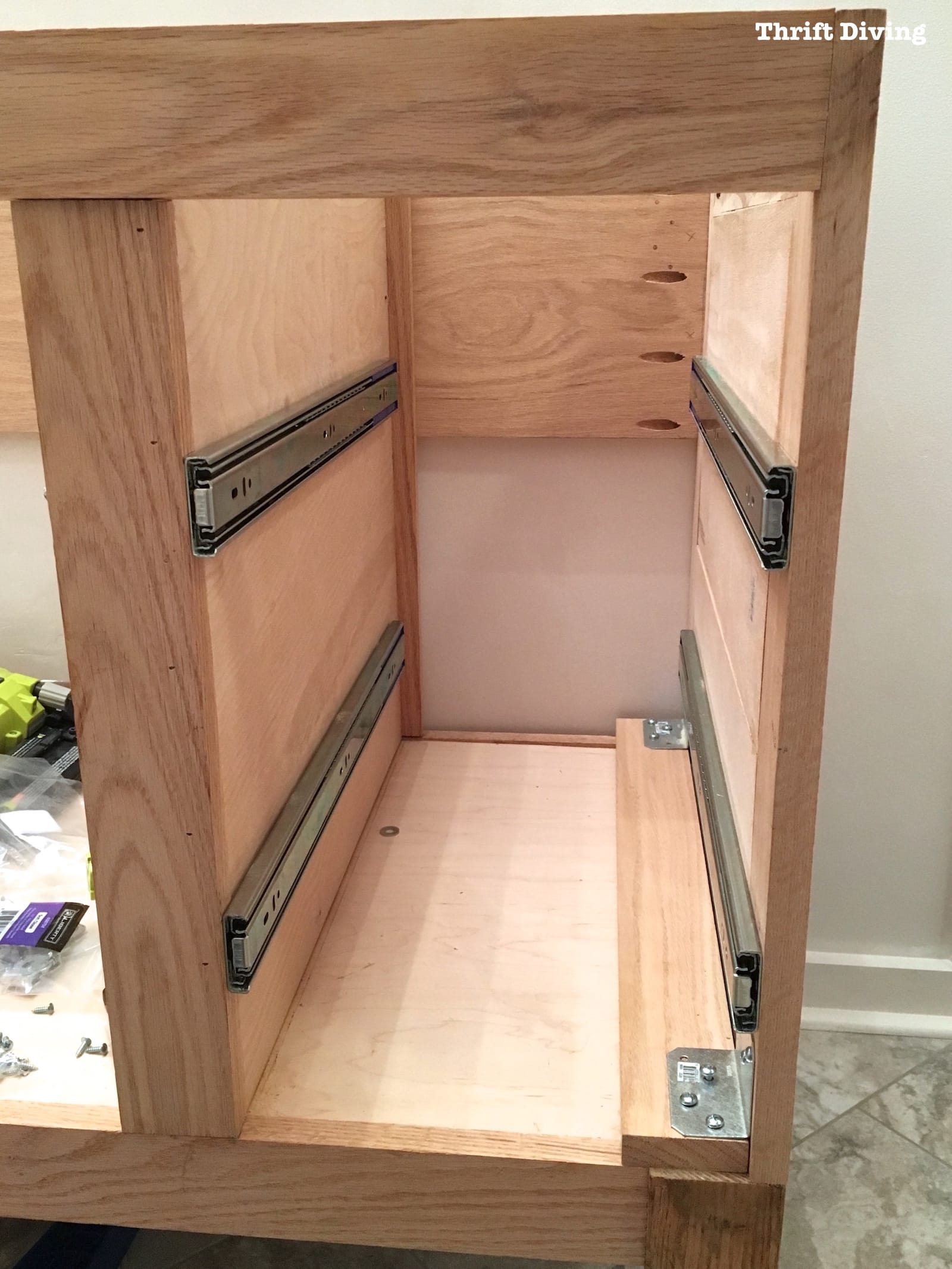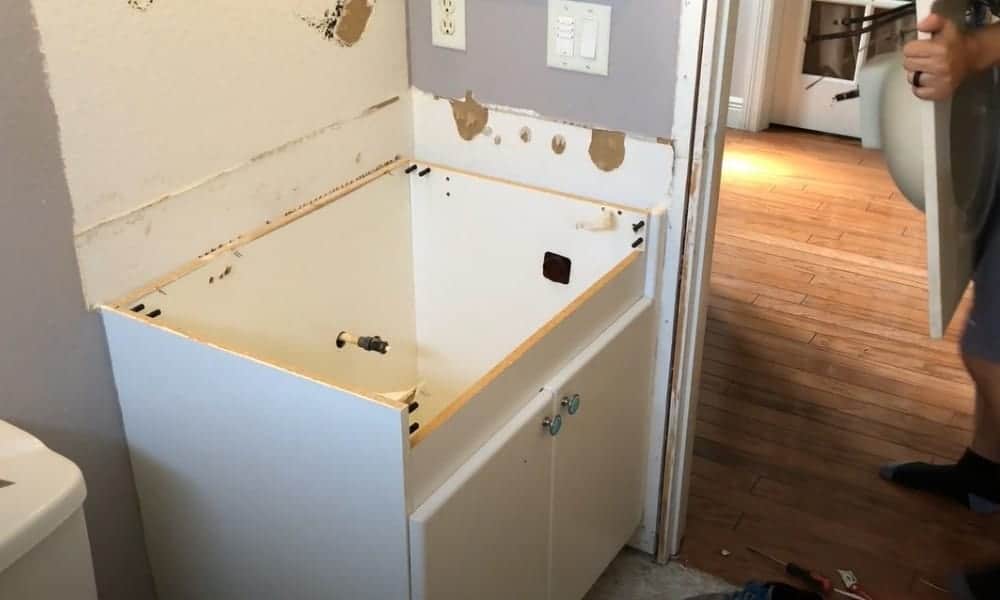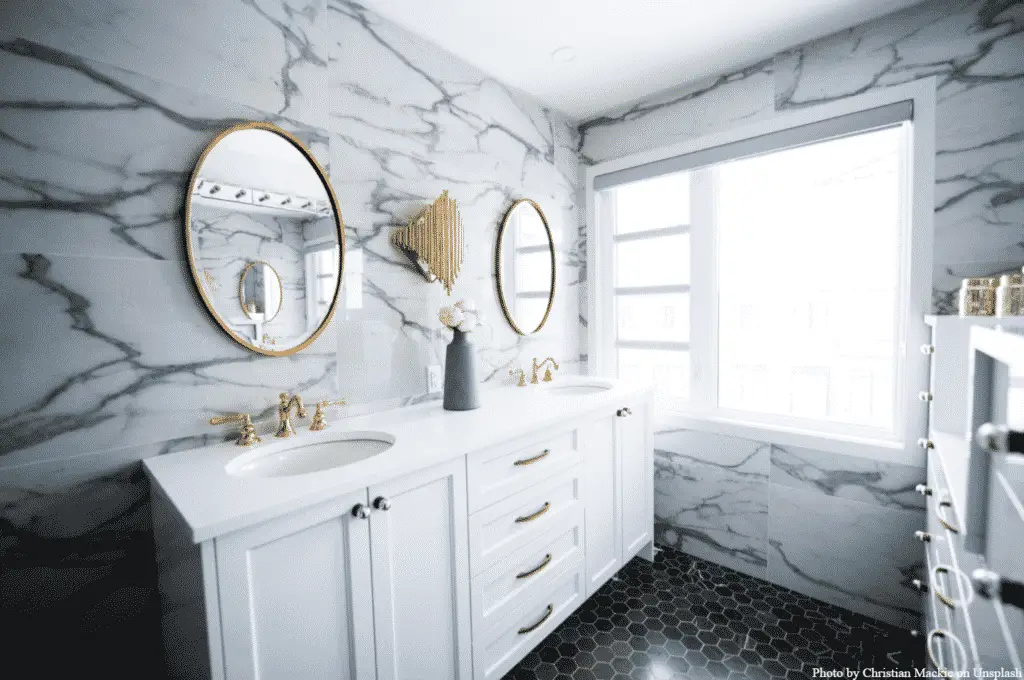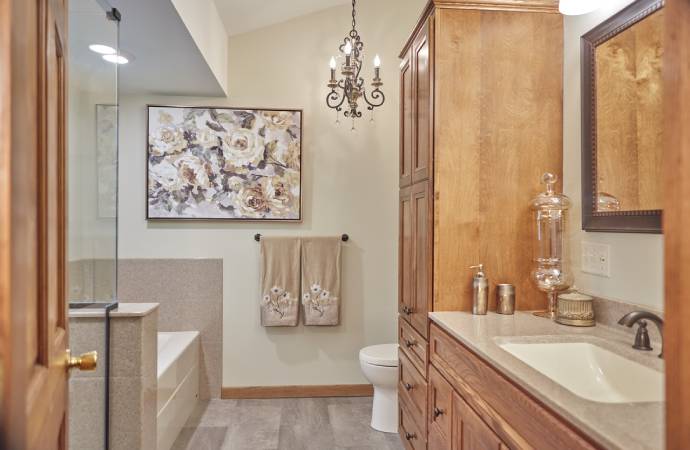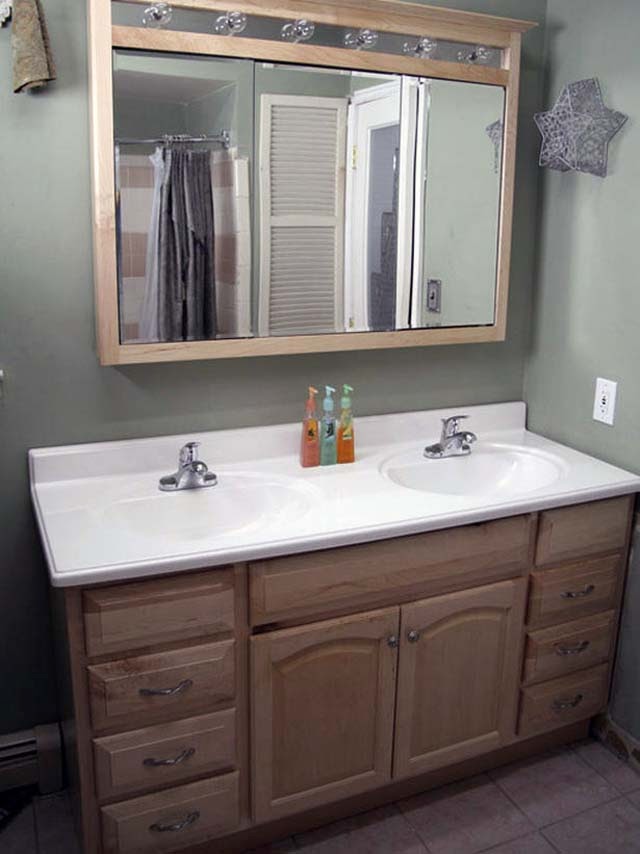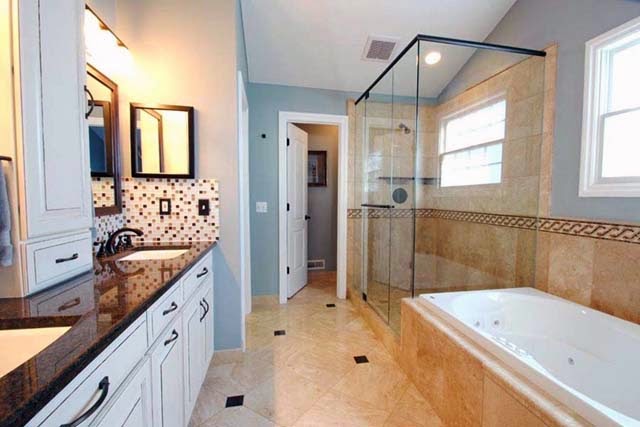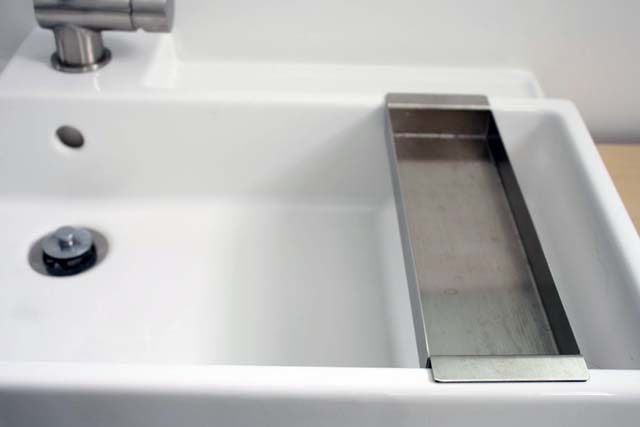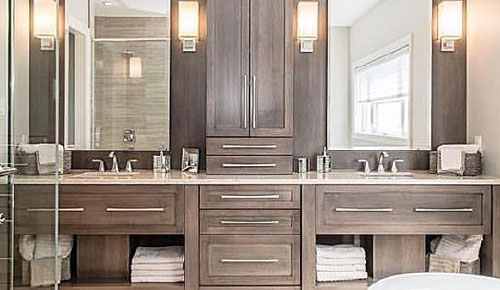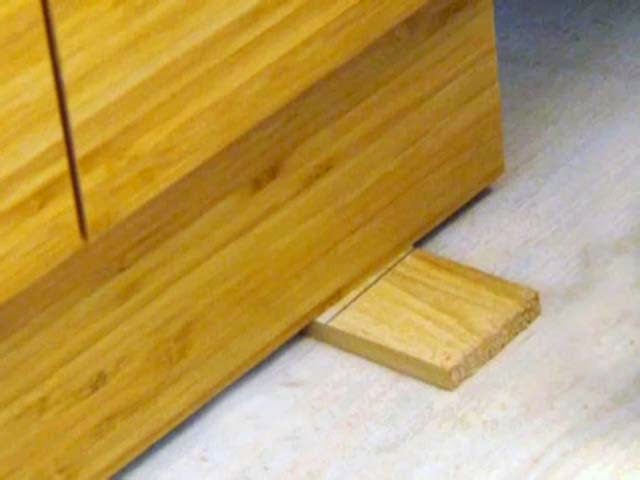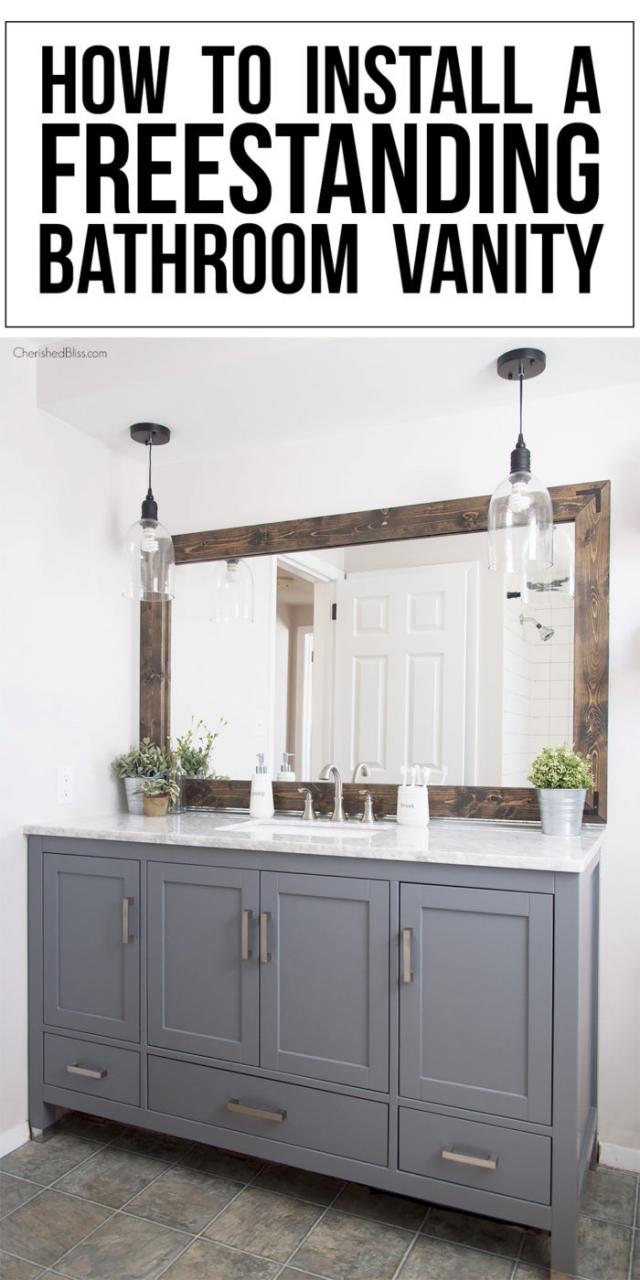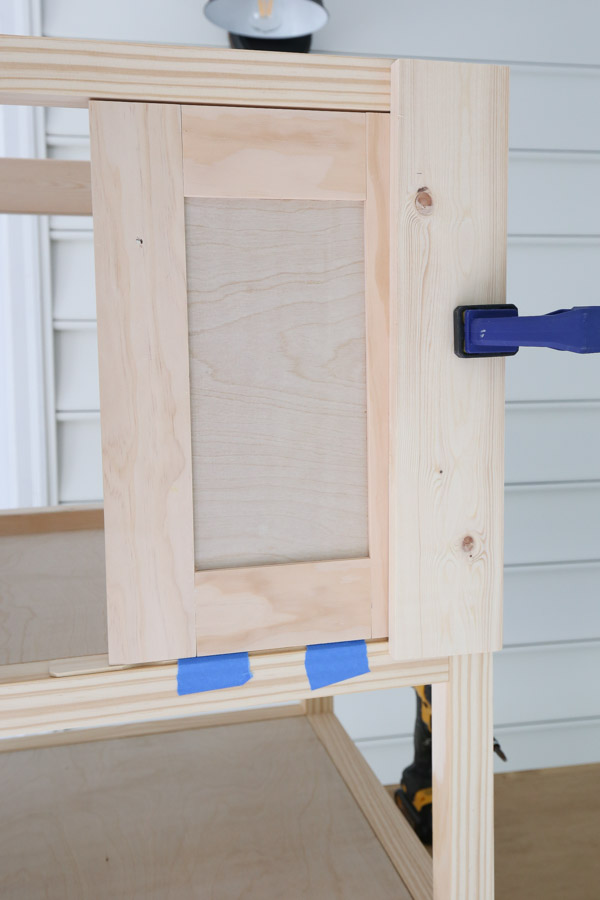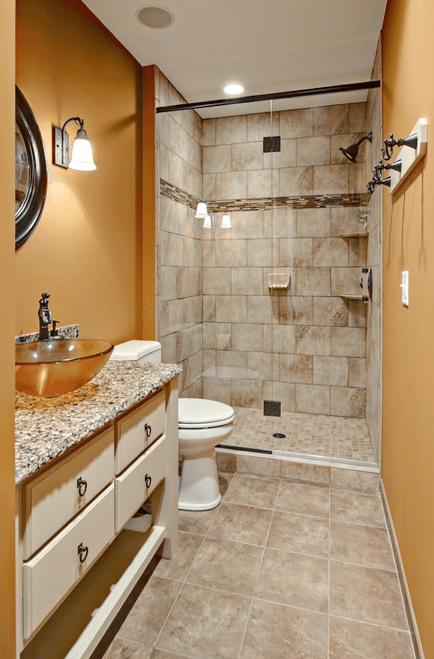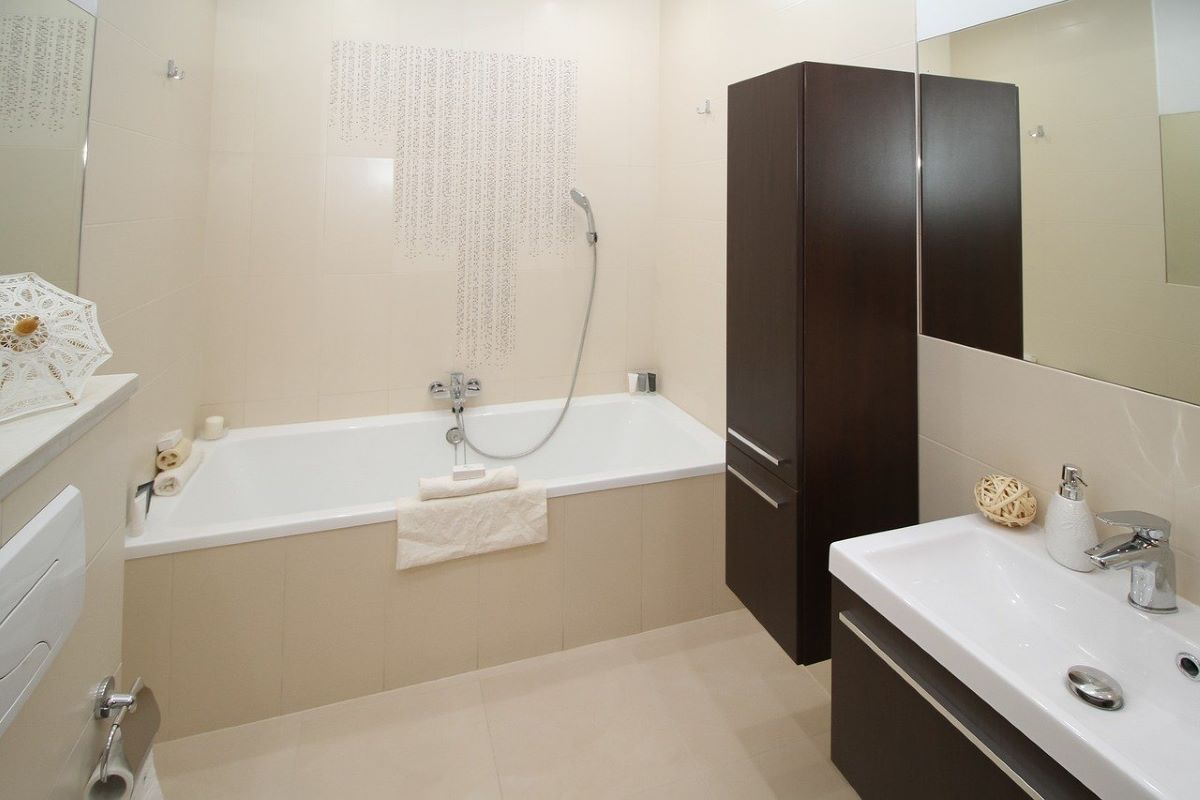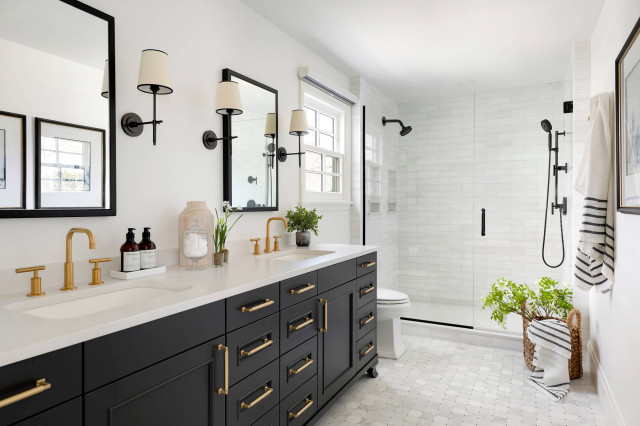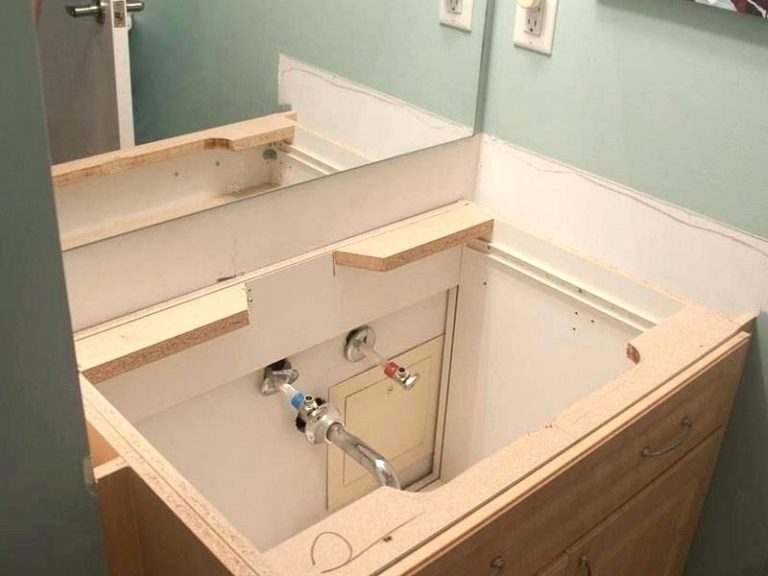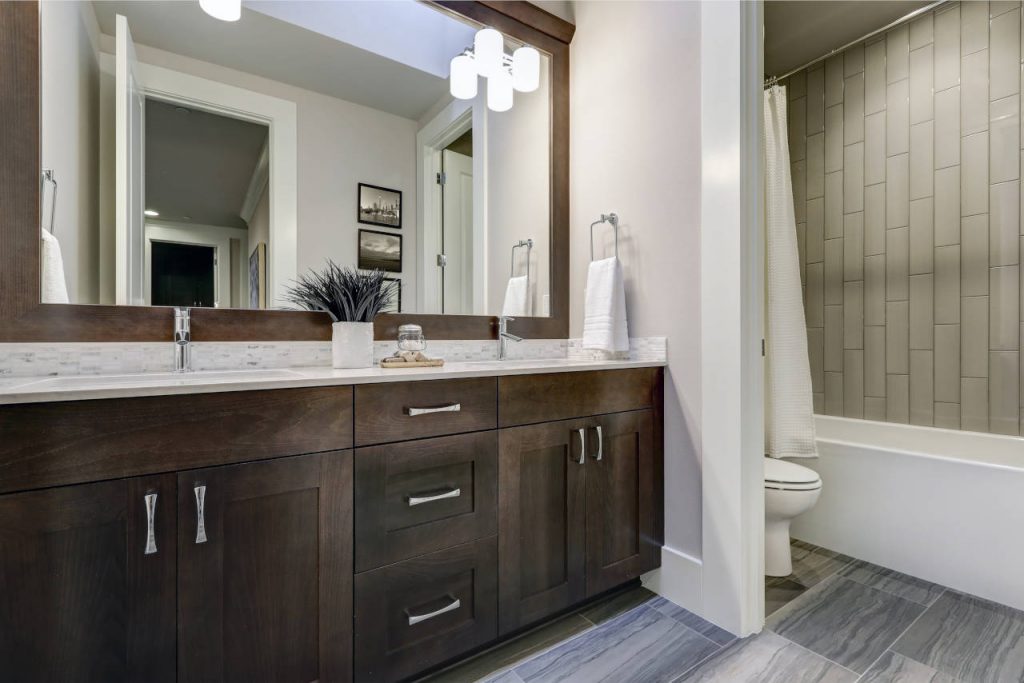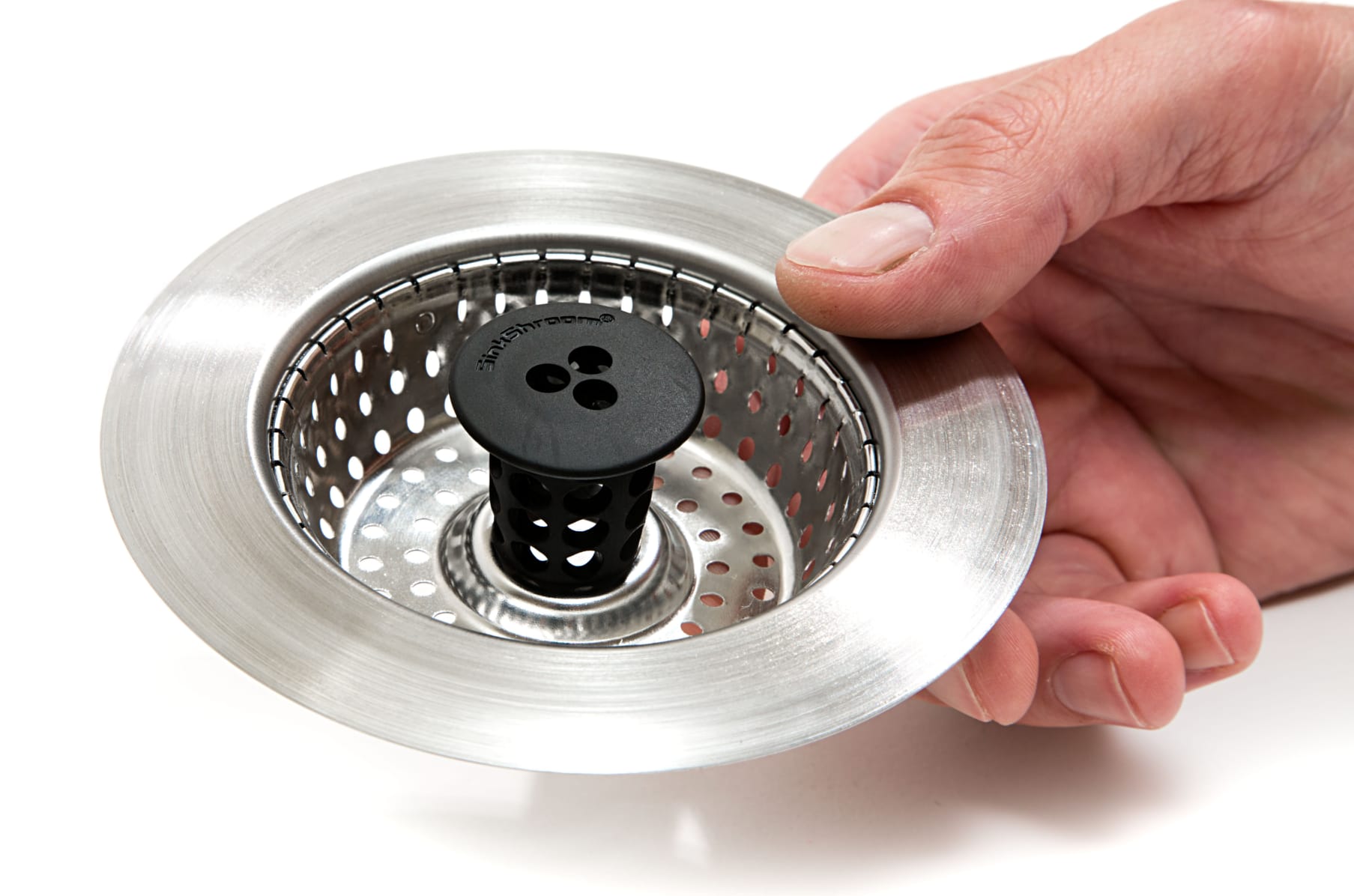Installing a Bathroom Vanity
A bathroom vanity is an essential element in any bathroom, providing storage, counter space, and a sink for daily use. Whether you're updating your bathroom or building a new one, installing a vanity can seem like a daunting task. However, with the right tools and knowledge, it can be a straightforward and rewarding DIY project. In this article, we will guide you through the process of installing a bathroom vanity step-by-step and provide tips and tricks to ensure a successful installation.
How to Install a Bathroom Vanity
The first step in any DIY project is proper preparation. Before you even start the installation process, make sure you have all the necessary tools and materials. These include a vanity, sink, faucet, drain assembly, silicone sealant, plumber's tape, level, drill, screws, and a wrench. It's also crucial to measure your space carefully and choose a vanity that fits comfortably in your bathroom.
Once you have all your materials, it's time to start the installation process. The first step is to turn off the water supply to your bathroom and disconnect the old vanity and sink. This may involve turning off the water valves under the sink and disconnecting the supply lines and drain pipe. It's essential to have a bucket or towel on hand to catch any water that may spill during this process.
Next, you'll need to prepare the area for the new vanity. This may involve removing any old caulk or adhesive and making sure the walls and floor are level. If your new vanity has a backsplash, you may need to cut it to fit the wall's shape. It's also a good idea to use a stud finder to locate the wall studs, as you will need them to secure the vanity to the wall.
Bathroom Vanity Installation
Now it's time to install the new vanity. Place the vanity in its desired location and use a level to ensure it's straight. If the floor is uneven, you may need to use shims to level the vanity. Once the vanity is level, use a drill to secure it to the wall studs. Be sure to use the appropriate screws for your wall type, such as drywall or tile. You may also need to drill holes in the vanity for the plumbing pipes to fit through.
Next, it's time to install the sink and faucet. Follow the manufacturer's instructions for the specific sink and faucet you have chosen. Usually, this involves attaching the sink to the vanity using silicone sealant and installing the faucet and drain assembly. It's essential to use plumber's tape on any threaded connections to prevent leaks.
DIY Bathroom Vanity Installation
Once everything is secure, it's time to connect the plumbing. This may involve connecting the water supply lines and drain pipe to the sink and faucet. Again, it's crucial to use plumber's tape and make sure all connections are tight to prevent leaks. Once everything is connected, turn the water supply back on and check for any leaks. If everything looks good, you can caulk around the sink and backsplash to create a watertight seal.
Finally, it's time to add the finishing touches to your new bathroom vanity. This may include installing the vanity's hardware, such as drawer pulls and knobs, and adding any additional storage solutions, such as shelves or organizers. You can also decorate the vanity with your choice of countertop accessories, such as soap dispensers or toothbrush holders.
Step-by-Step Bathroom Vanity Installation
Installing a bathroom vanity may seem like a challenging task, but by following these step-by-step instructions, you can do it yourself with confidence. Remember to take your time, measure carefully, and use the right tools and materials. A well-installed bathroom vanity can add both functionality and style to your bathroom, making it a worthwhile DIY project.
Bathroom Vanity Installation Guide
If you're still feeling unsure about installing a bathroom vanity, there are plenty of resources available to help you. Many home improvement stores offer free classes on DIY projects, including bathroom vanity installation. You can also find numerous online tutorials and videos that can guide you through the process. If you're still not comfortable with DIY, you can always hire a professional to install your bathroom vanity for you.
Tips for Installing a Bathroom Vanity
Here are a few additional tips to keep in mind when installing a bathroom vanity:
Tools Needed for Installing a Bathroom Vanity
To recap, here are the essential tools and materials you will need to install a bathroom vanity:
Common Mistakes When Installing a Bathroom Vanity
Here are some common mistakes to avoid when installing a bathroom vanity:
Professional Bathroom Vanity Installation Services
If you're not comfortable with DIY or simply don't have the time or tools to install a bathroom vanity yourself, don't worry. There are plenty of professional bathroom vanity installation services available. These professionals have the knowledge and experience to ensure your vanity is installed correctly and efficiently. They can also help you choose the right vanity for your space and assist with any additional plumbing or electrical work that may be required.
In conclusion, installing a bathroom vanity may seem like a daunting task, but with the right tools and knowledge, it can be a straightforward and rewarding DIY project. Just remember to take your time, measure carefully, and seek professional help if needed. A new bathroom vanity can add both functionality and style to your bathroom, making it a worthwhile investment for any homeowner.
Why a Vanity is the Perfect Addition to Your Bathroom
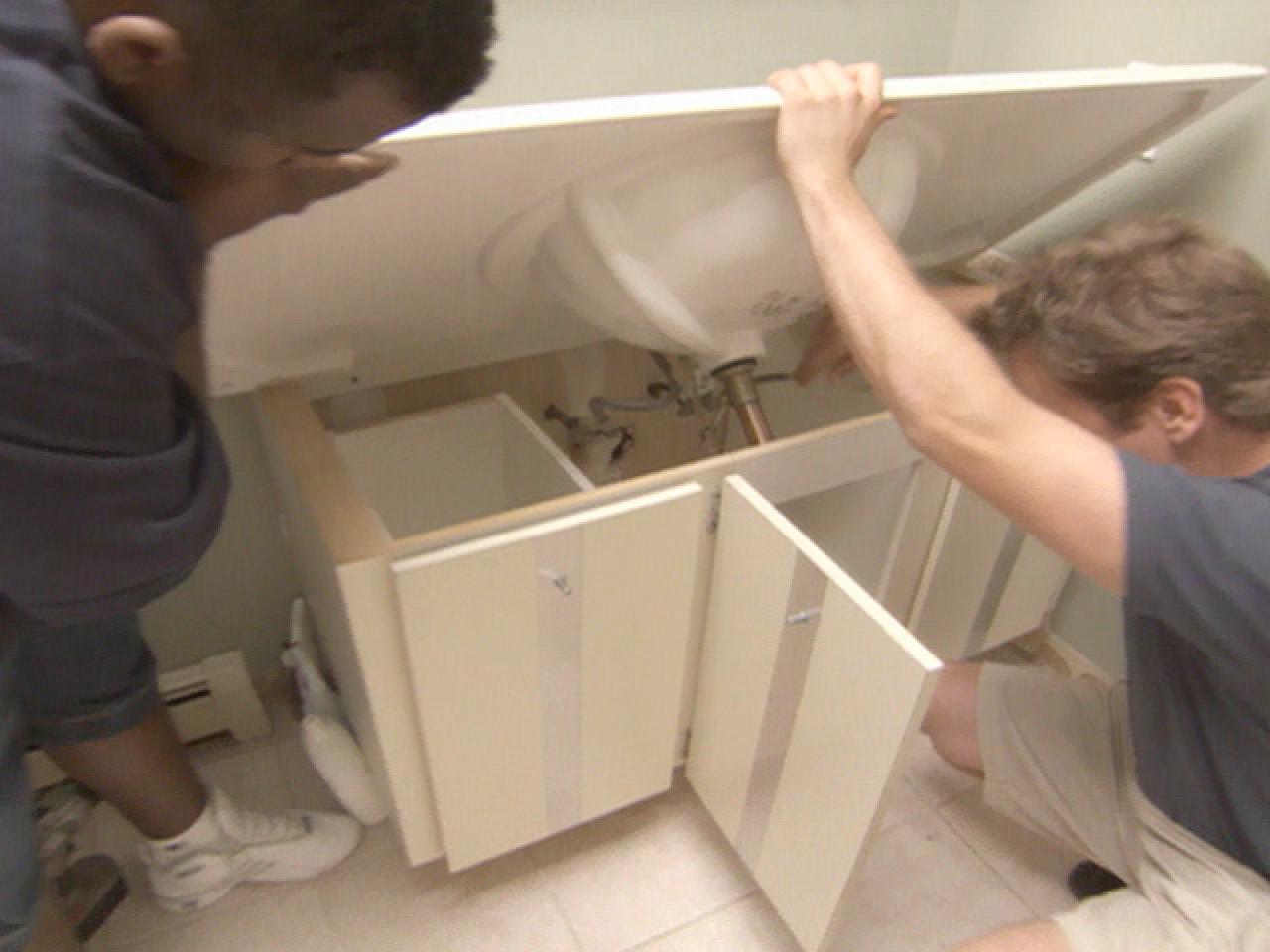
Transform Your Bathroom into a Functional and Stylish Space
 When it comes to designing or renovating a bathroom, one of the most important elements to consider is the vanity. A vanity serves as a functional and stylish addition to any bathroom, providing a space for storage and grooming while also adding a touch of elegance to the overall design. Whether you are looking to upgrade your current bathroom or starting from scratch, installing a vanity is a great choice that will not only enhance the functionality of your space but also add value to your home.
Functionality
is a key aspect of any bathroom design, and a vanity offers just that. With a variety of sizes, styles, and features to choose from, a vanity can be customized to fit your specific needs and preferences. From single sink vanities for smaller bathrooms to double sink vanities for larger ones, there is an option for every space. In addition, most vanities come with ample storage space in the form of drawers, shelves, and cabinets, making it easy to keep your bathroom clutter-free and organized.
But functionality is not the only benefit of installing a vanity in your bathroom.
Style
is also a major factor to consider. With a wide range of designs, materials, and finishes available, a vanity can add a touch of luxury and sophistication to your bathroom. From sleek and modern to traditional and ornate, there is a vanity to suit every aesthetic. Plus, by choosing a vanity that complements the rest of your bathroom design, you can create a cohesive and visually appealing space.
Moreover, a vanity is a
practical
addition to your bathroom. With a designated space for grooming, you can easily get ready in the morning without having to juggle multiple products and tools. In addition, a vanity with a mirror can provide the perfect spot for applying makeup or shaving, making your daily routine more convenient and efficient.
In conclusion, a vanity is an essential component of any well-designed bathroom. It not only adds functionality and style to the space but also makes your daily routine easier and more enjoyable. So why wait? Upgrade your bathroom with a vanity and experience the transformation it brings to your home.
When it comes to designing or renovating a bathroom, one of the most important elements to consider is the vanity. A vanity serves as a functional and stylish addition to any bathroom, providing a space for storage and grooming while also adding a touch of elegance to the overall design. Whether you are looking to upgrade your current bathroom or starting from scratch, installing a vanity is a great choice that will not only enhance the functionality of your space but also add value to your home.
Functionality
is a key aspect of any bathroom design, and a vanity offers just that. With a variety of sizes, styles, and features to choose from, a vanity can be customized to fit your specific needs and preferences. From single sink vanities for smaller bathrooms to double sink vanities for larger ones, there is an option for every space. In addition, most vanities come with ample storage space in the form of drawers, shelves, and cabinets, making it easy to keep your bathroom clutter-free and organized.
But functionality is not the only benefit of installing a vanity in your bathroom.
Style
is also a major factor to consider. With a wide range of designs, materials, and finishes available, a vanity can add a touch of luxury and sophistication to your bathroom. From sleek and modern to traditional and ornate, there is a vanity to suit every aesthetic. Plus, by choosing a vanity that complements the rest of your bathroom design, you can create a cohesive and visually appealing space.
Moreover, a vanity is a
practical
addition to your bathroom. With a designated space for grooming, you can easily get ready in the morning without having to juggle multiple products and tools. In addition, a vanity with a mirror can provide the perfect spot for applying makeup or shaving, making your daily routine more convenient and efficient.
In conclusion, a vanity is an essential component of any well-designed bathroom. It not only adds functionality and style to the space but also makes your daily routine easier and more enjoyable. So why wait? Upgrade your bathroom with a vanity and experience the transformation it brings to your home.






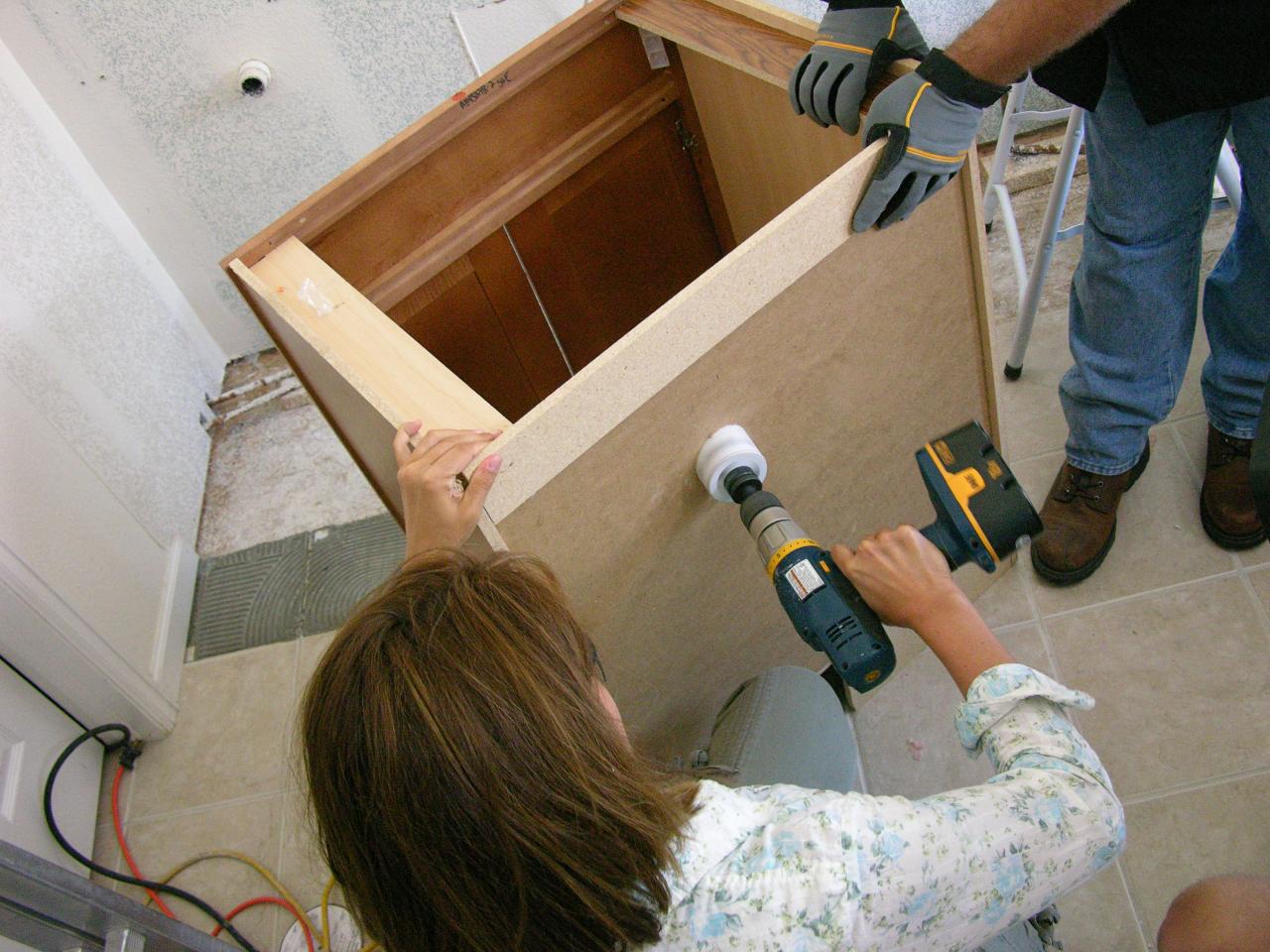
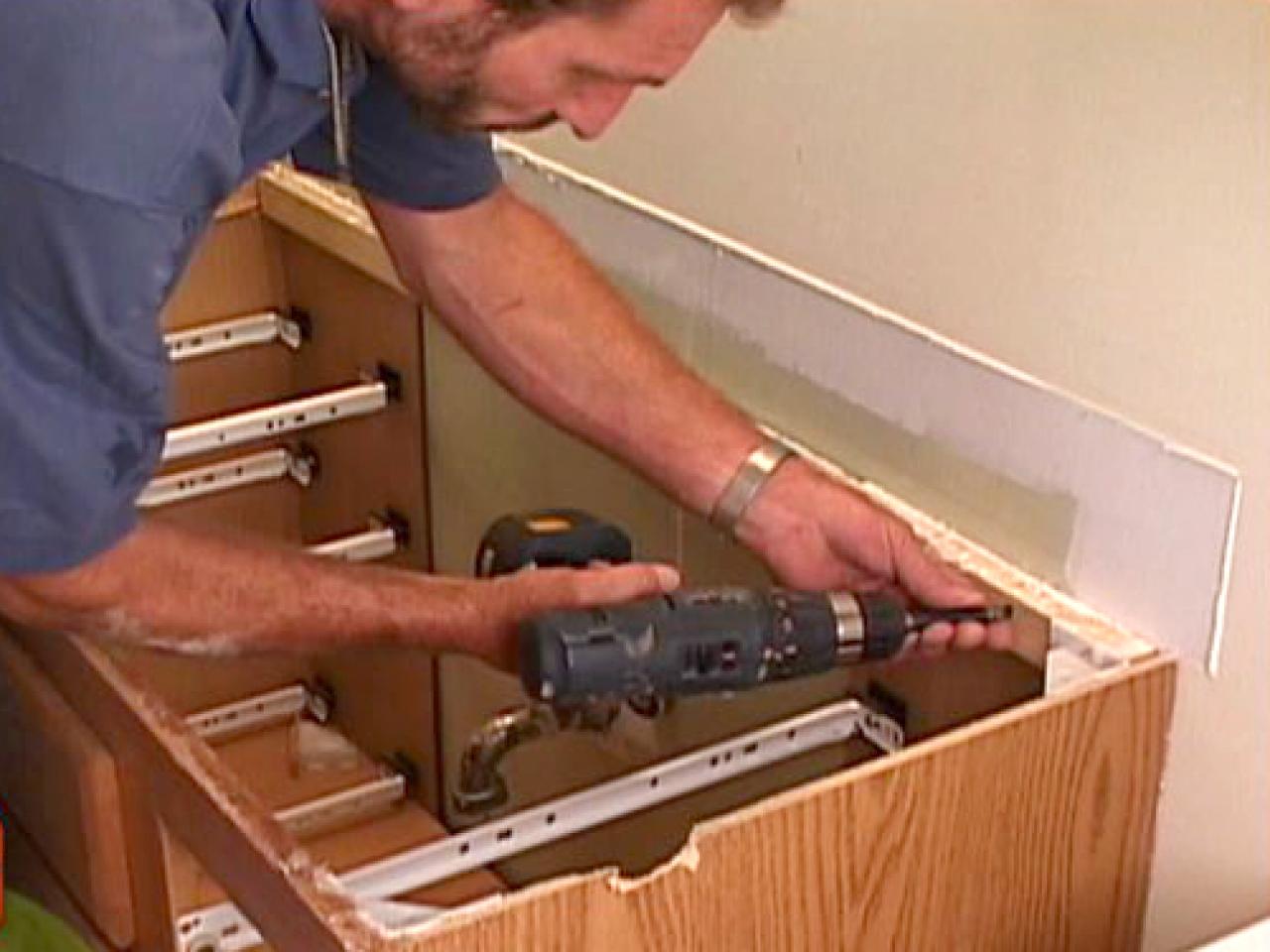
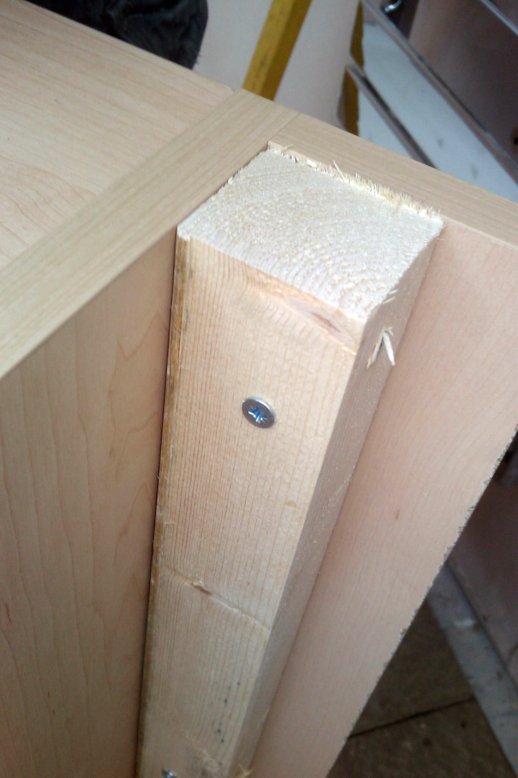

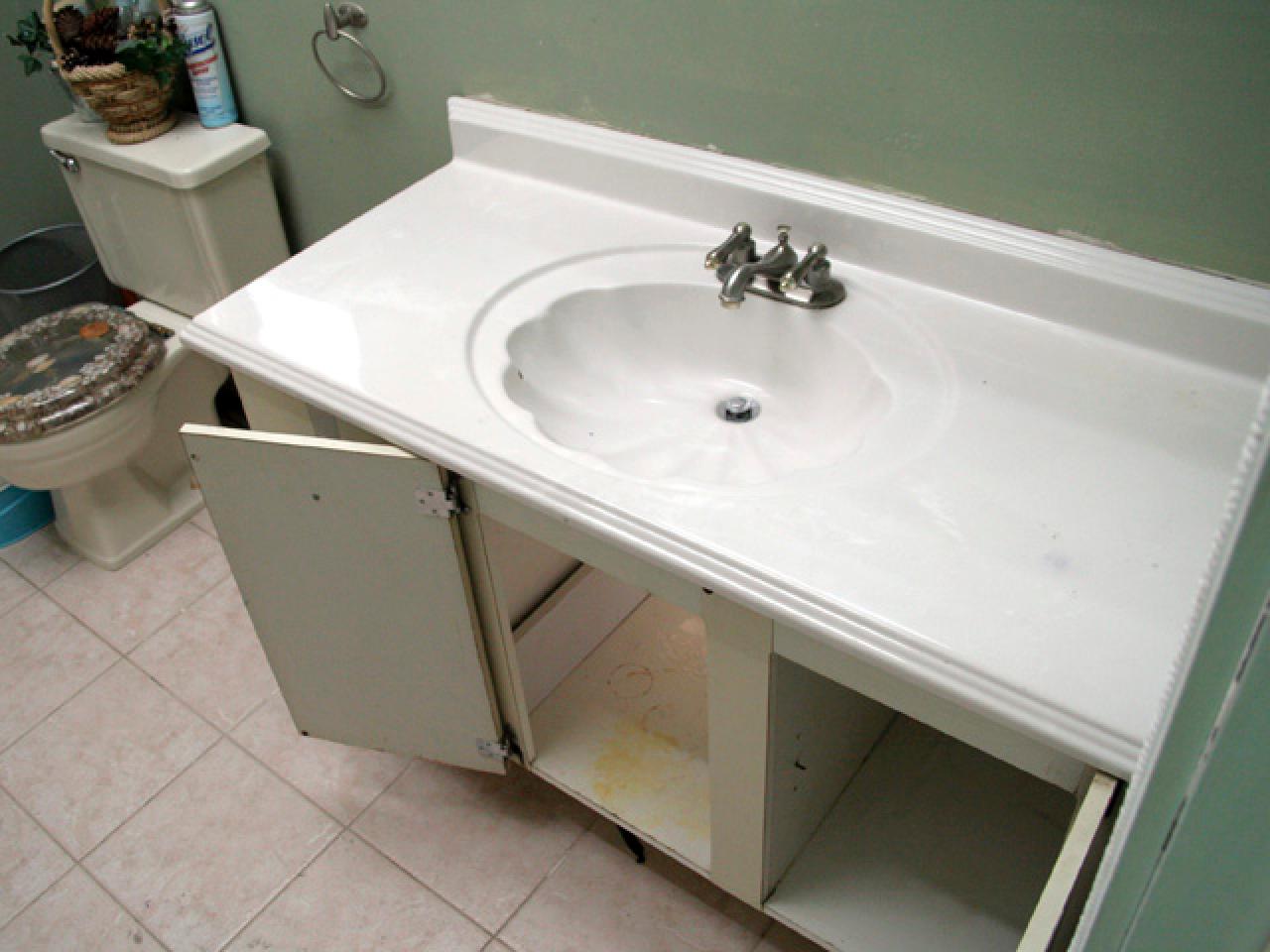
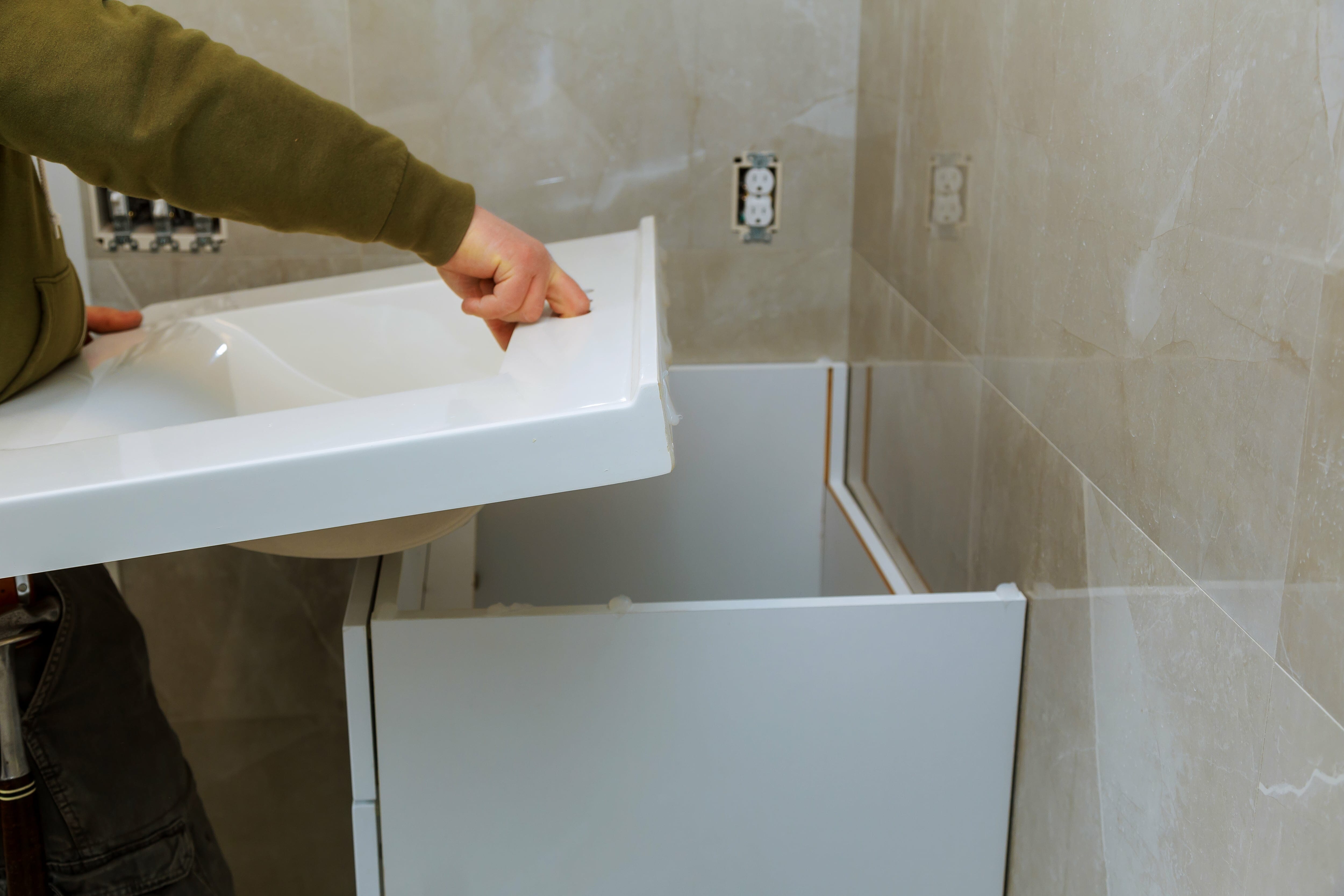
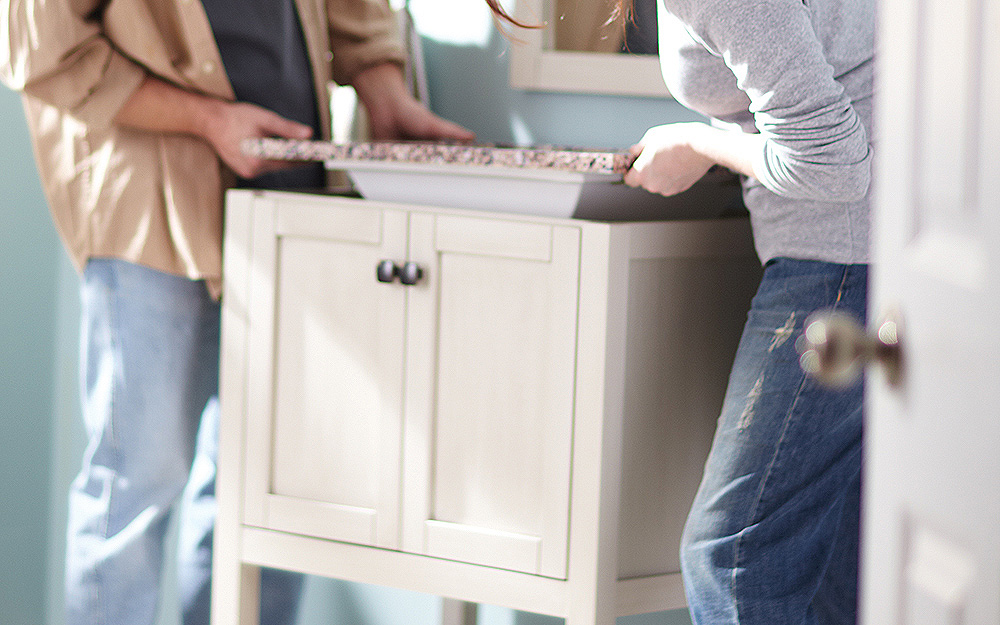
/155068606-56a4a2985f9b58b7d0d7ef19.jpg)





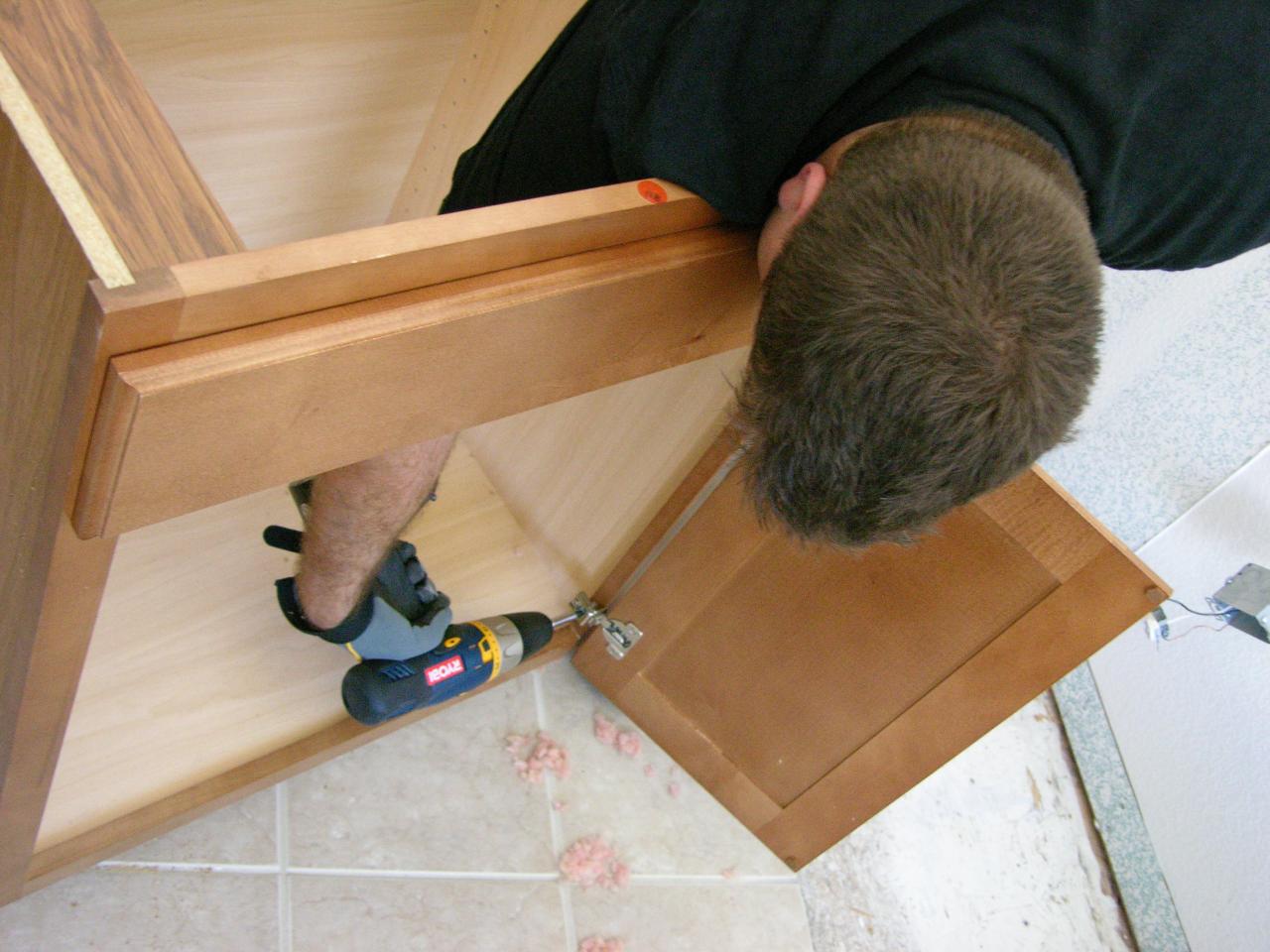
/155068606-56a4a2985f9b58b7d0d7ef19.jpg)


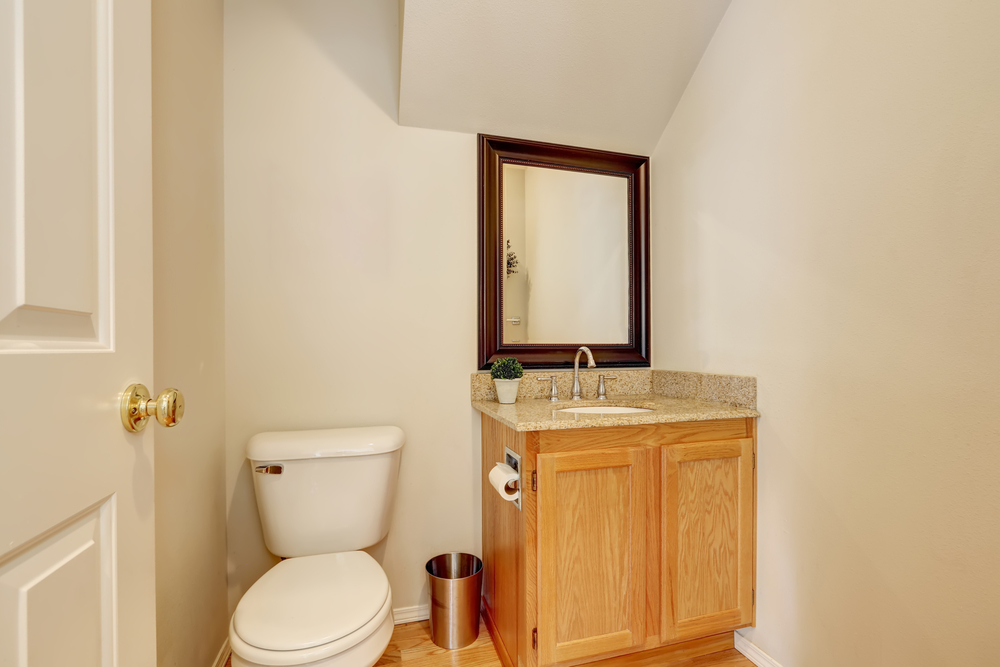



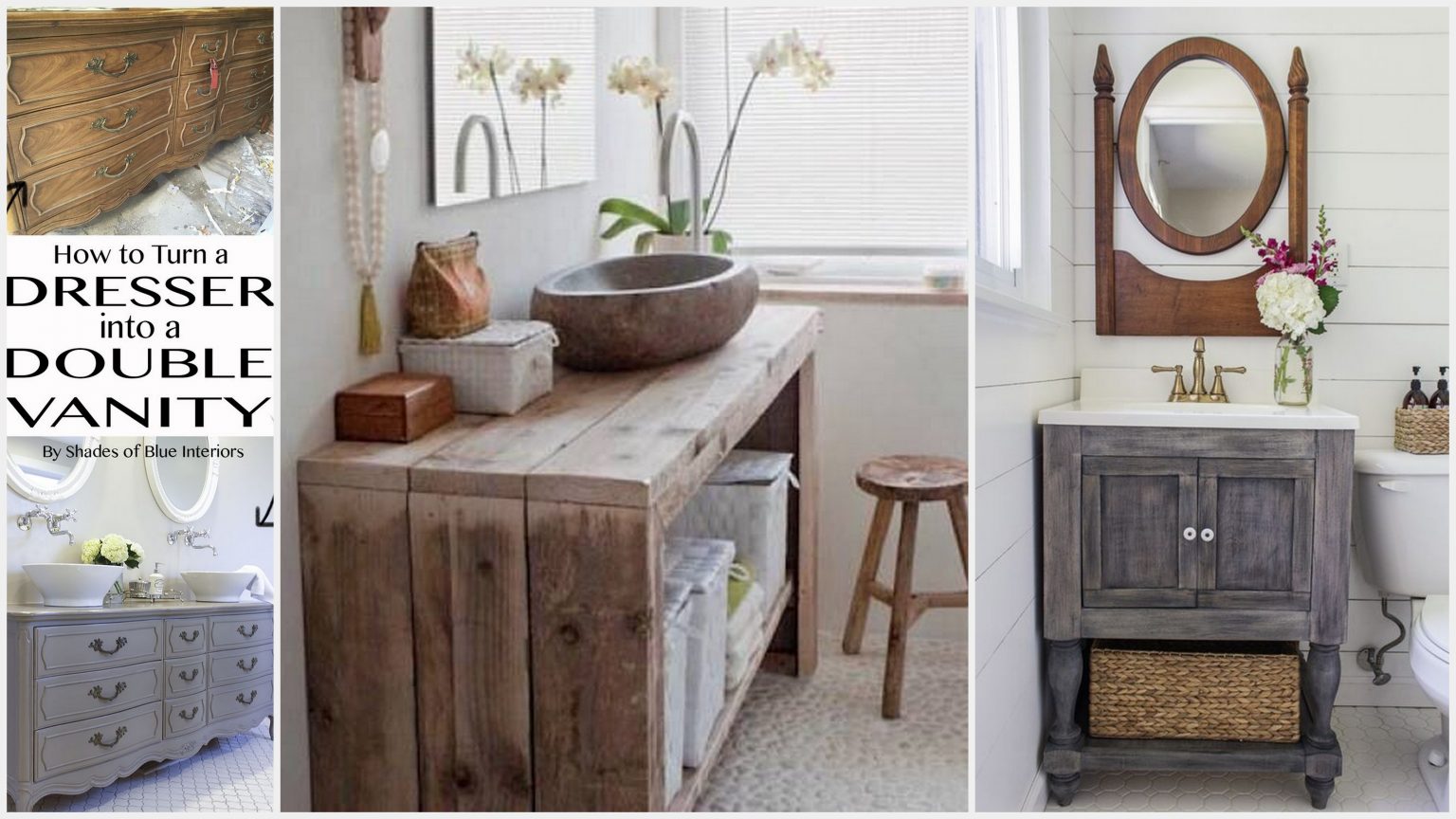
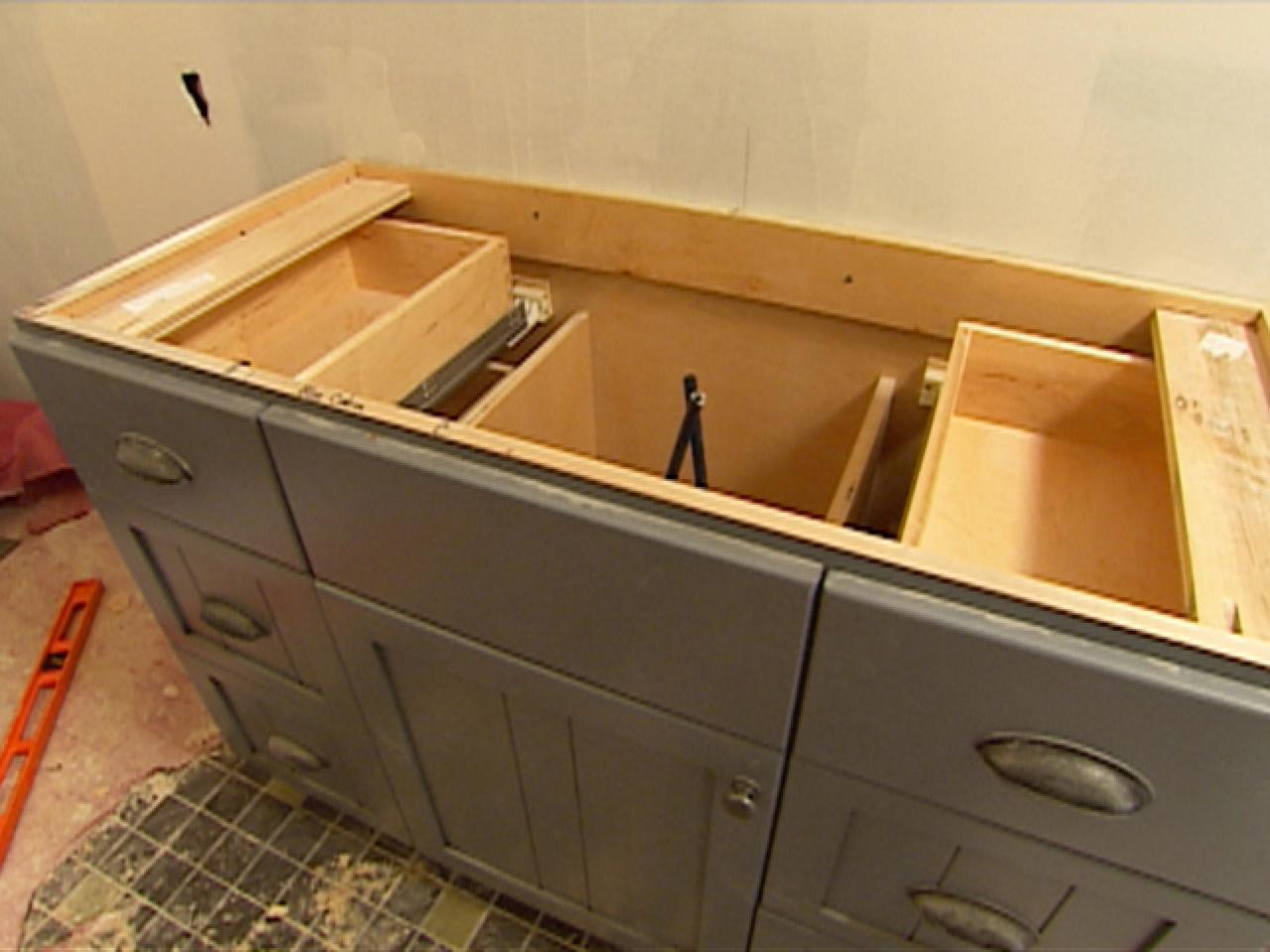

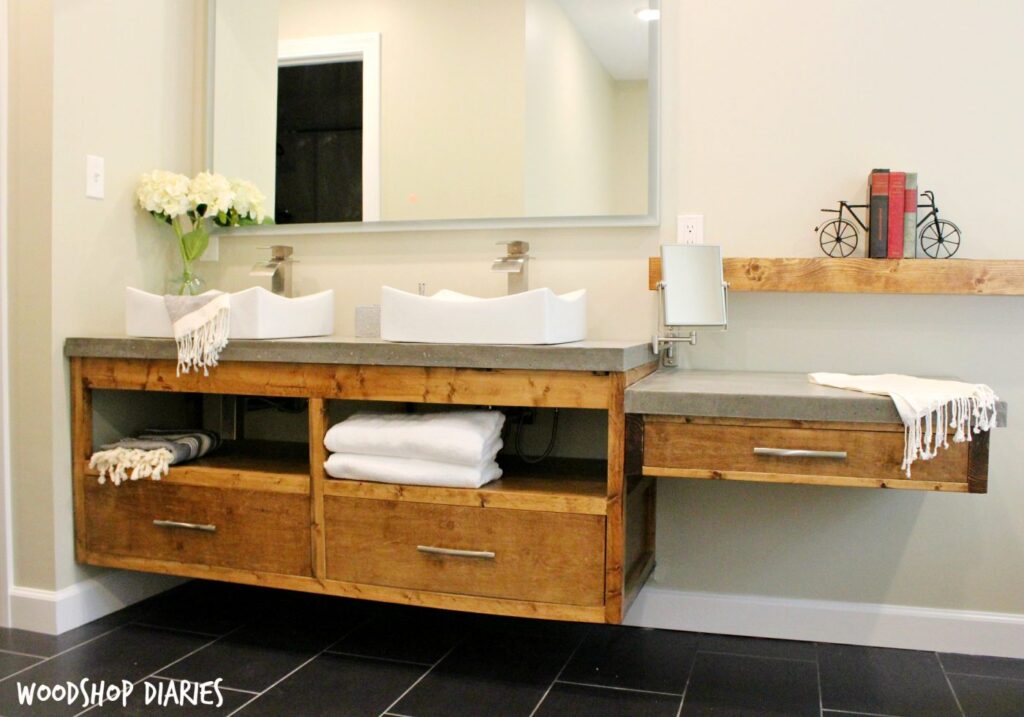
:max_bytes(150000):strip_icc()/build-something-diy-vanity-594402125f9b58d58ae21158.jpg)

/cherry-diy-bathroom-vanity-594414da5f9b58d58a099a36.jpg)



